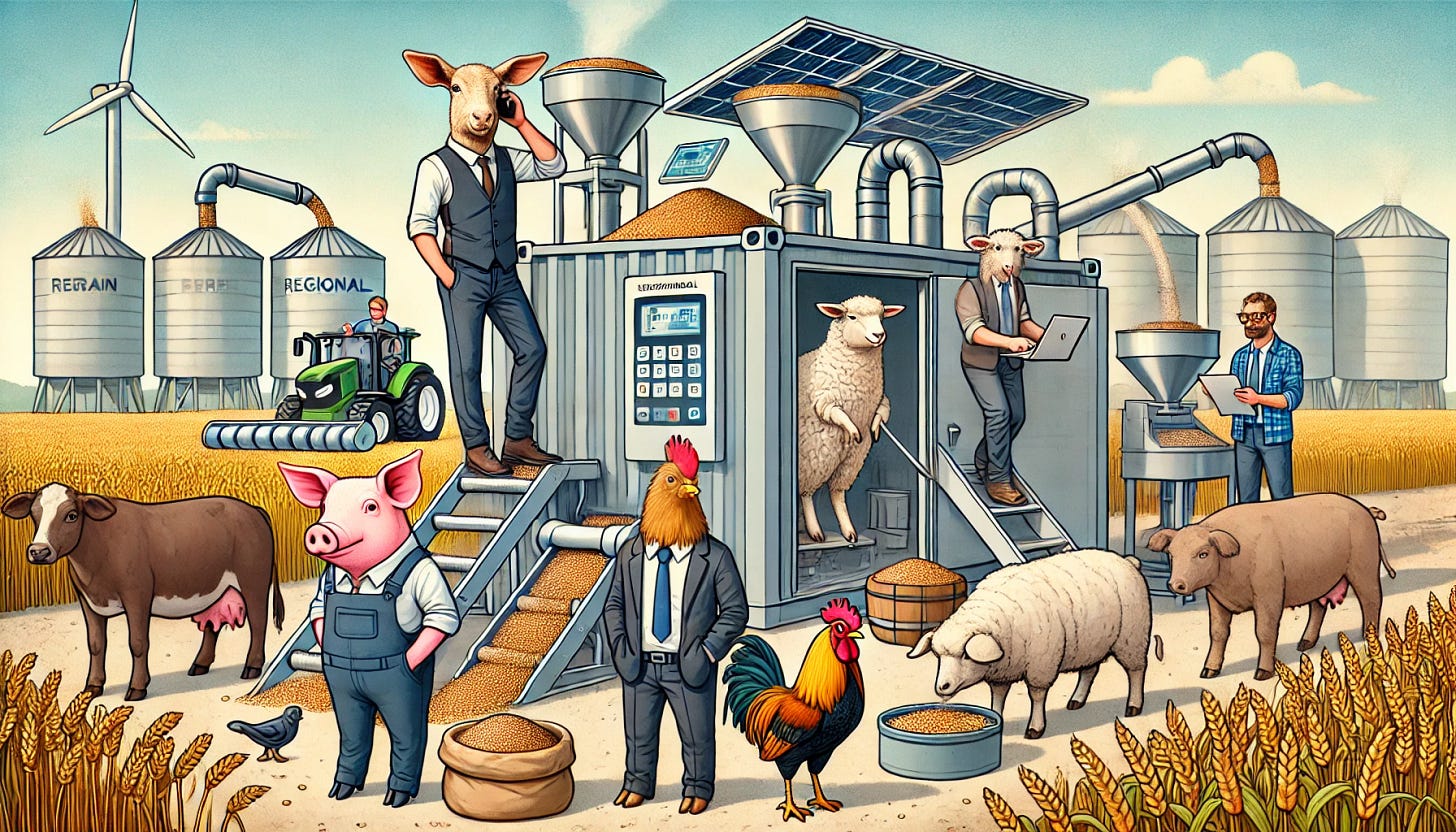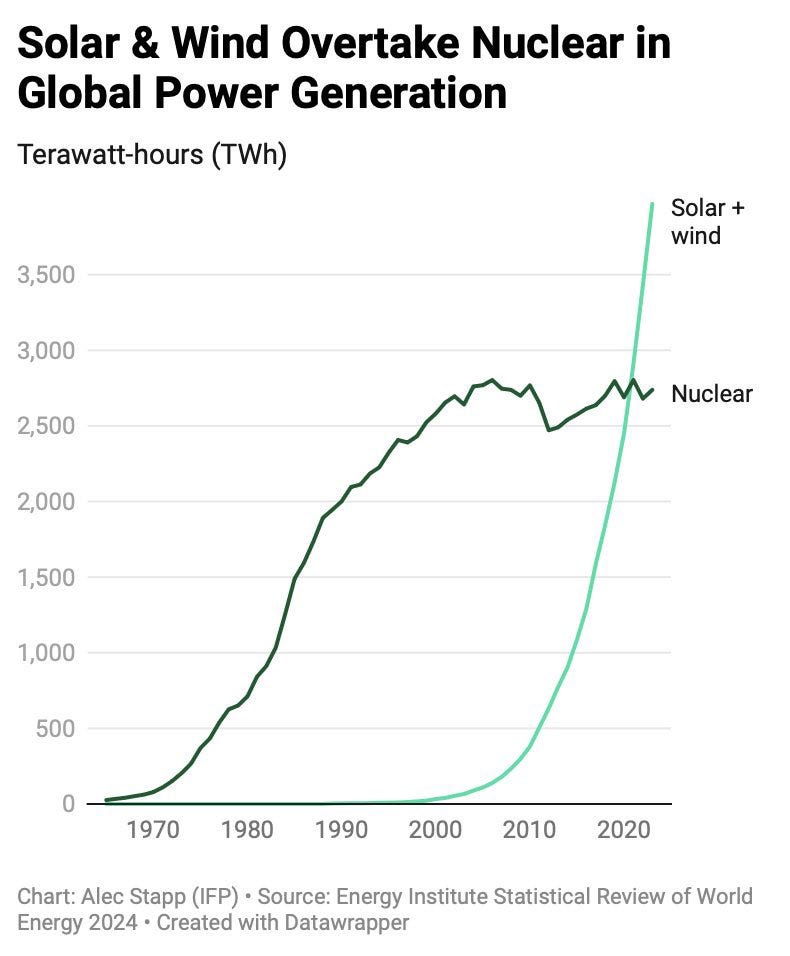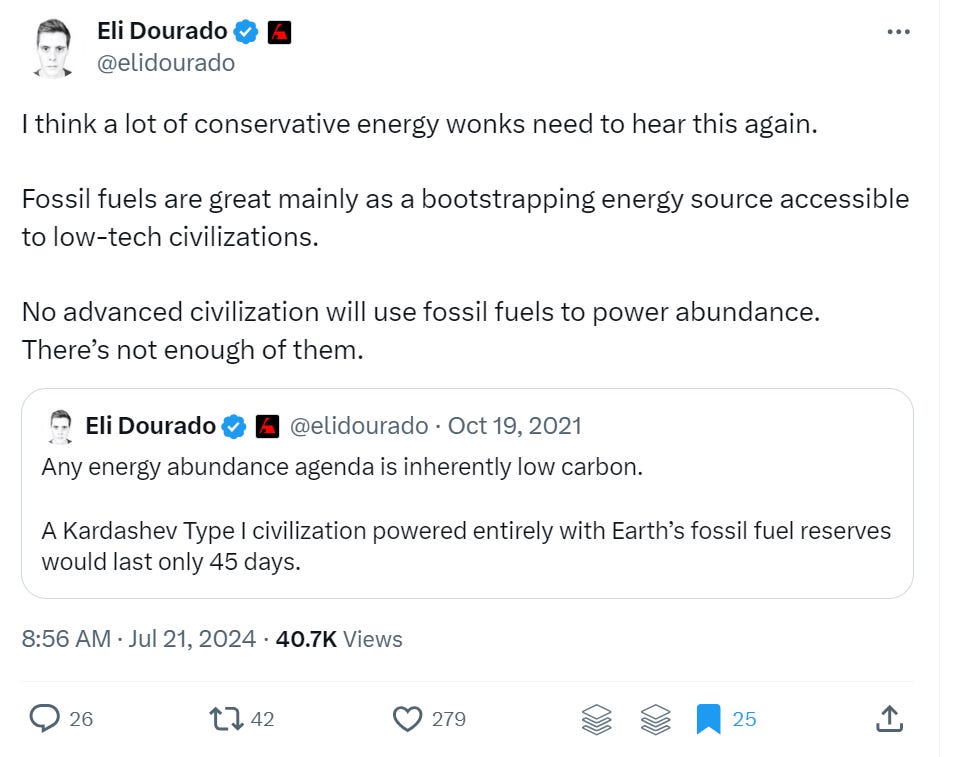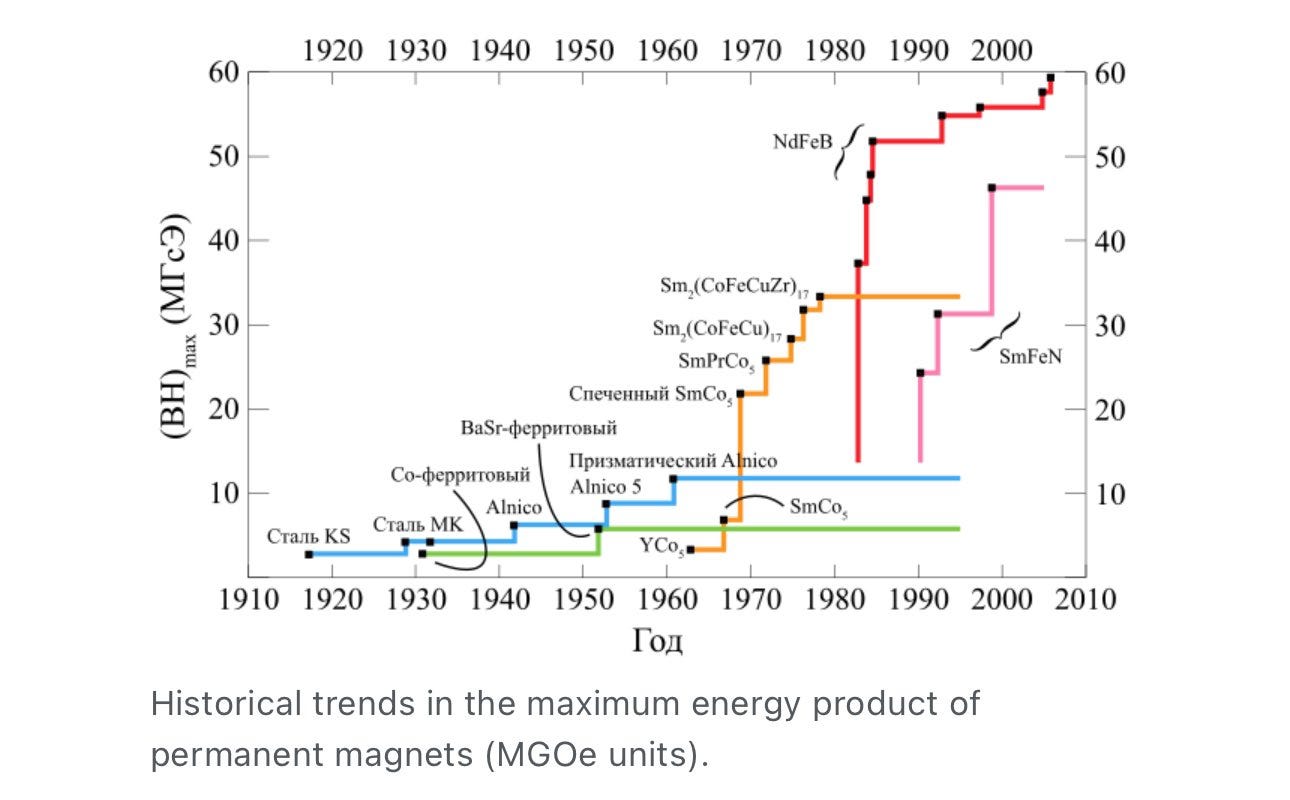What I learned this Week: July 21, 2024
A man who carries a cat by the tail learns something he can learn no other way - Mark Twain
Lessons of the Week
We have a food system horizontally optimized for price, not health. Each value chain component is optimized for process efficiency, not product innovation. Consumer preferences are changing. More and more, consumers will price their food decisions based on a calorie and health basis. They will still eat cheap calories, but only when they can’t find affordable nutrition. The supply chain is catching on. ABCD and the CPGs need to catch up on food science, nutrient density, nutritional variability, and supply chain optimization. Every SKU in grocery will need to consider if its value is cheap calories or affordable nutrition. All of this is a convergence on the notion that Food is Health: the cross-product of AgTech and HealthTech. The companies that catch traction in H2 2024 and H1 2025 are positioned to be the best vintage year returns in the sector’s modern history.
What I learned this week….
The CrossFit community is an important early adopter of affordable nutrition.
Fairlife is one best case example of vertical optimization to improve nutritional density. Fairlife succeeded because it improved every step in the value chain. Fairlife is about 10 SKUS of 60K SKUS in a large grocery store. Every other SKU is ripe for a similar vertical optimization.
Heritage grains seem like a small market, but perhaps not in aggregate. Non-trait weed control, improved processing, improved soil health, and improved genetics are speeding to a tipping point. These grains are essential for consumer desire for enhanced taste and nutrition.
Our appendix may have been a critical store for bacteria. As a backup supply of bacteria to refill our digestive system in the case of an upset from some form of pathogenic attack. Given the reduction of pathogens from modern, clean practices, the appendix is now less critical. Could it be a vessel for microbiome health?
There is an opportunity to palletize grain and meat processing equipment. Specifically to help producers grow nutritionally dense grains, feed, and livestock. Similar to mini-mills in steel, but the size of truck containers. Who is the Elon Musk of this market?
At least 35M acres of US farmland is held by institutional investors. The asset value of this farmland is linked to soil health. These institutional investors should be active investors in new agtech solutions that increase the asset value of the farmland. The investment banks/startups should probably engage these LPs for growth equity and cross-over funding.
There is really only one FAA certified test bed for agriculture unmanned systems. It is based in Kansas (Kelly Hills). These test beds are essential to really test the interoperability of new unmanned systems in an agriculture context. And to develop new business models. (Talk to Lukas Koch)
Foliar application of micronutrients may have as much as 100x nutrient throughput versus soil application. If you tie this to some combination of analysis from Eath Optics, Miraterra and/or Edacious, we might have a closed-loop approach that shapes crop nutrient density and narrows variability.
“Nutrition is what happens to food between the mouth and the cell. Metabolic health is what happens inside the cell. But that's where the disease is. Nutrition is only valuable as it informs metabolic health.” Robert Lustig
Little Tech’s move to the right likely has less to do with social ideology and more to do with reducing friction. Moving “Little Tech” back to the forces of Creative Destruction and capitalism. Regardless of who is in power, the bulk of long-term productivity gains are the incorporation of “Little Tech” into the broad economy. Politics is a problematic tollkeeper along the journey.
A man who carries a cat by the tail learns something he can learn no other way - Mark Twain
Some Data and Links
Creating a True Health Ecosystem for Human Flourishing Robert Sundelius's inspirational essay on how Food and Health improve human productivity (Diplomatic Courier)
Why Americans Aren’t Having Babies: The decline in birth rate is women simply choosing to have zero children rather than fewer (WSJ).
Early Predictor for the Onset of Critical Transitions in Networked Dynamical Systems (Physics Review) A team has applied AI improvements to understand market tipping points. Classically modeled with System Dynamics (H/T Jay Forrester), these new tools may help innovators more effectively harness the forces of Creative Destruction to disrupt markets.
The work described in the paper "Early Predictor for the Onset of Critical Transitions in Networked Dynamical Systems" develops a deep-learning framework capable of predicting the specific locations where critical transitions will occur in large, complex systems. This method is validated across various systems, including ecosystems and neural networks, and is robust to noise and transient data, requiring observations from only a small fraction of nodes.
An improved understanding of tipping points accelerates innovation by identifying and anticipating moments of rapid change, allowing entrepreneurs to strategically invest and innovate in ways that can create new opportunities and displace outdated technologies. This proactive approach can accelerate the adoption of sustainable solutions, drive economic growth, and help mitigate risks associated with abrupt systemic changes.
[1] https://journals.aps.org/prx/abstract/10.1103/PhysRevX.14.031009
[2] https://global-tipping-points.org/summary-report/key-messages/
[3] https://www.systemiq.earth/breakthrough-effect/
[4] https://www.innovating.com/post/tipping-points-innovation-is-one-that-you-control
[5] https://www.linkedin.com/pulse/theres-innovation-tipping-point-coming-well-remember-forever-cooke
[6] https://www.bain.com/insights/tipping-points-when-to-bet-on-new-technologies/
Lessons in Innovation
Turnpike theory is an economic concept that explains how economies can grow most efficiently over time. Just as a turnpike offers the fastest route between two distant points, this theory suggests there's an optimal path for economic development.
Key Points of Turnpike Theory:
Efficient Path: The theory states that the fastest way for an economy to grow is by adopting the most efficient technologies and methods available, even if they're very different from current practices.
Short-term Costs, Long-term Gains: Switching to this efficient path might be costly or disruptive in the short term. It may also generate negative externalities, like pollution, for a period. But it leads to greater benefits in the long run. Reducing the “Area Under the Curve” of negative externalities.
Continuous Adaptation: As new technologies emerge, the "turnpike" path may change, requiring ongoing adaptation.
Examples in Agriculture:
Mechanization: The shift from manual farming to using tractors and combine harvesters in the 20th century was a major turnpike moment. While initially expensive and disruptive, it dramatically increased food production and reduced labor needs.
Genetic Modification: The introduction of genetically modified crops represents another turnpike. Despite the controversy, these crops increase yields, resist pests, and tolerate harsh conditions, potentially leading to more efficient food production.
Precision Agriculture: The current turnpike in farming involves using GPS, drones, and AI to optimize planting, watering, and harvesting. This tech-driven approach promises to increase yields while reducing resource use.
Examples in Energy:
Coal to Oil: The shift from coal to oil in the early 20th century was a classic turnpike moment. Oil was more energy-dense and versatile, powering new technologies like automobiles.
Renewable Energy: The ongoing transition from fossil fuels to renewable sources like solar and wind represents a modern turnpike. While the initial investment is high, renewables promise cheaper, cleaner energy in the long run.
Smart Grids: The development of smart electrical grids is another turnpike. These systems use advanced technology to distribute electricity more efficiently, integrate renewable sources, and respond to demand in real-time.
Challenges of Following the "Turnpike"
Initial Costs: Adopting new technologies often requires significant upfront investment.
Disruption: Changes can disrupt existing industries and job markets.
Resistance: People and businesses comfortable with old methods may resist change.
Despite these challenges, turnpike theory suggests that embracing these efficient paths is crucial for long-term economic growth and development.
This Weeks Charts
There is a big difference in the base load utility of nuclear power, and the intermittent nature of Solar/Wind. But the speed of growth in Solar/Wind is notable. As Solar/Wind increases, supply will seek more storage to minimize intermittent supply.
We should also ask, what is holding back Nuclear? It appears to be primarily a regulatory issue. Is the recent growth in Solar/Wind a product of innovation or regulation? Likely both. Keep in mind solar/wind interconnects to the grid are lagging production dramatically.
Solid-state batteries and other advanced battery systems could dramatically reduce demand for other baseload fuel sources in developed countries.
GDP is driven by affordable energy, both the core cost of energy plus the cost to distribute. As noted by Eli Dourado (Who you should follow on X), advanced economies will continue down a path of new energy sources. The abundance of fission, geothermal, fusion, solar, and wind sources far exceeds fossil fuels.
As advanced economies reduce fossil fuel demand, emerging economies will accelerate growth through existing fossil fuel technology. In an economic concept called turnpiking, by accelerating growth with low-cost dirty technology, developing economies build GDP more rapidly, for example, through the availability of cheap diesel engines. As GDP grows, it is easier for these developing countries to adopt solar, nuclear, etc after advanced economies have reduced costs. This reduces the total cost and time of the transition from old energy to new energy.
Core advances in basic technology like magnets will replace mechanical and hydraulic systems at a lower cost of acquisition and life cycle cost. As all mechanical systems become more electric, the simplified maintenance of electric things over mechanical things will speed the transition to wind and solar vs. liquid fuels. Things like magnets and solid-state batteries become important in a “More Electric” economy.






"Politics is a problematic tollkeeper along the journey." should be your new twitter bio
# 6 is super interesting. I'm wondering if ag-tech companies specializing in nutrient density are targeting investors holding this land and if so, what pushback or value recognition they're up against/have received.